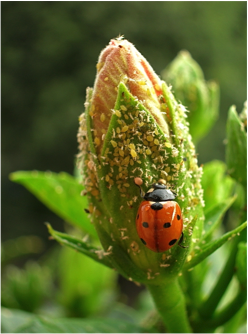Team:KU Leuven/Project/E.coligy
From 2013.igem.org
Secret garden
Congratulations! You've found our secret garden! Follow the instructions below and win a great prize at the World jamboree!
- A video shows that two of our team members are having great fun at our favourite company. Do you know the name of the second member that appears in the video?
- For one of our models we had to do very extensive computations. To prevent our own computers from overheating and to keep the temperature in our iGEM room at a normal level, we used a supercomputer. Which centre maintains this supercomputer? (Dutch abbreviation)
- We organised a symposium with a debate, some seminars and 2 iGEM project presentations. An iGEM team came all the way from the Netherlands to present their project. What is the name of their city?
Now put all of these in this URL:https://2013.igem.org/Team:KU_Leuven/(firstname)(abbreviation)(city), (loose the brackets and put everything in lowercase) and follow the very last instruction to get your special jamboree prize!


Ecology
Essentially, our project aims to offer plants a beneficial protection mechanism against aphids. Our BanAphids will provide plants with a protection mechanism by means of the production of two substances, Methyl Salicylate (MeS) and E-β-farnesene (EBF), a phytohormone and a pheromone, respectively. MeS will activate plant defence systems and attract natural predators and parasitoids of aphids. Furthermore, EBF will repel aphids off of the plant and, will as a secondary effect also attract natural predators and parasitoids of aphids. These two substances are naturally used in the communication between plants, predators and aphids. Consequentely our BanAphids will blend into the ecosystem and minimise the disruption of the communication between plants, predators and aphids. If you want to expand your knowledge about these natural occuring communication systems, please read the background page. If you want to know more about what this means for us you can check the wetlab page and the modelling page handling the subject.

Aphid infested Rose plant (Mauro Mandrioli)
Wetlab
To perform behavioural experiments with aphids and aphid predators such as ladybugs and the green lacewing, we were invited to perform these experiments at the companies Biobest, a worldwide leader in biological pollination and sustainable crop management, and pcfruit, whose mission is to research prospects of new crop protection methods. On this page you will find more information about these experiments.
Modelling
Ultimately our project aims to reduce crop loss due to aphid infestations. Because of practical reasons and difficulties with regulations, it is impossible for us to conduct a field experiment for our BanAphids during this summer. We therefore attempted to predict the effect of our pheromones on the environment and the ecosystem through a series of modelling steps. On this page you will get a thorough explanation of these steps, software and results.
 "
"



